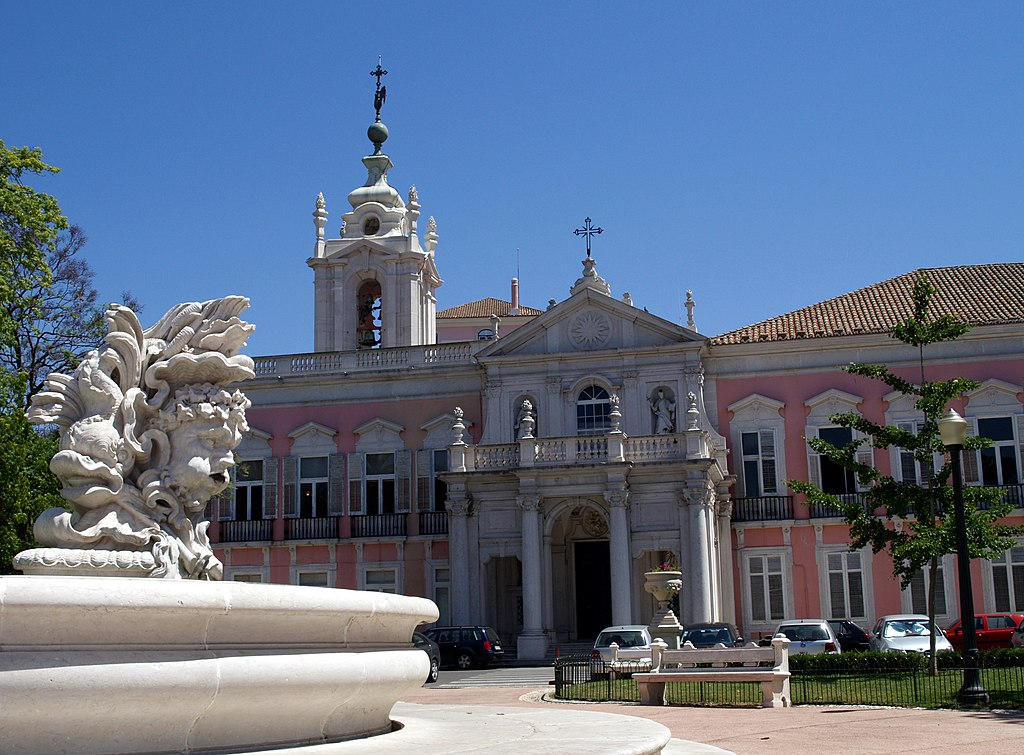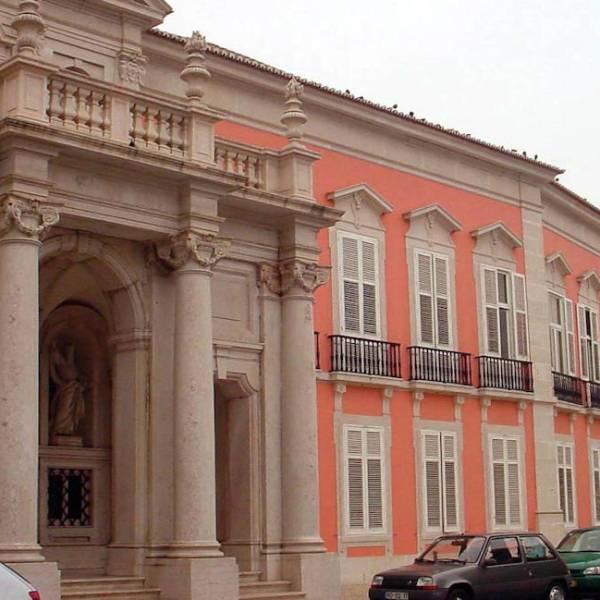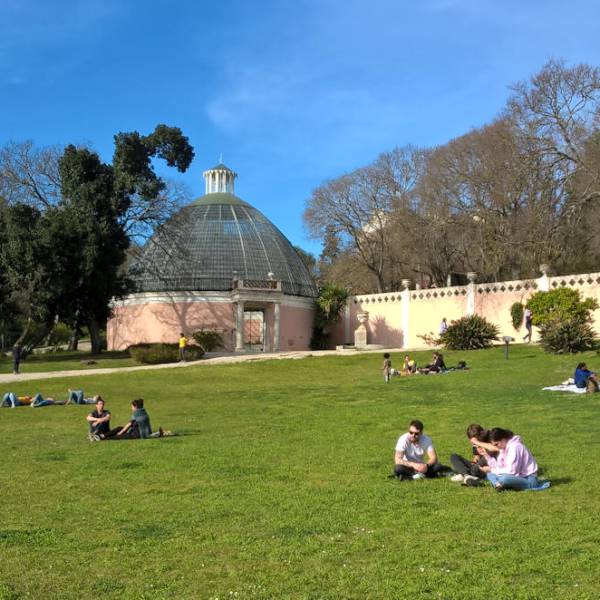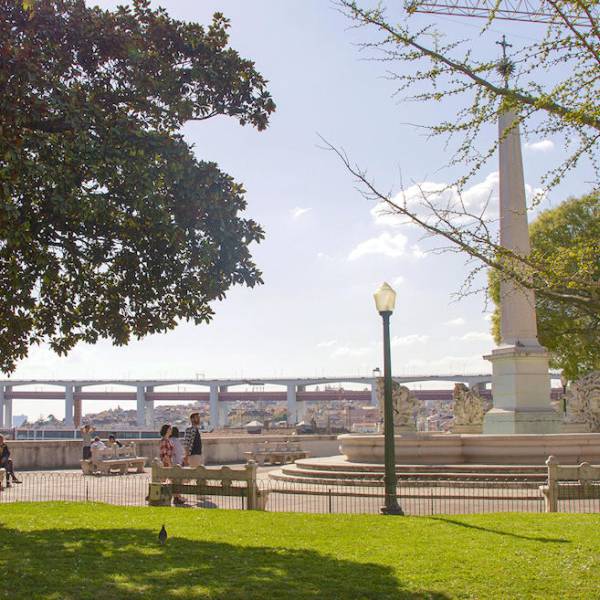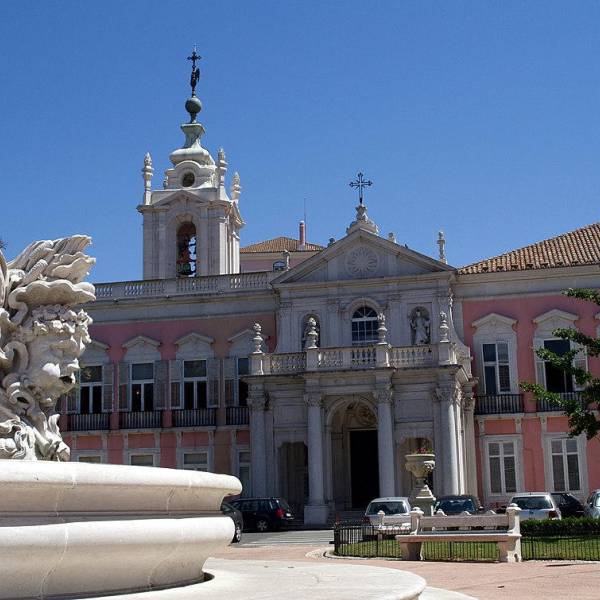Throughout its history, the palace underwent several renovations to accommodate the tastes and needs of the different monarchs who resided there. In the early 20th century, King Carlos I undertook a renovation project that included the enlargement of the state dining room to accommodate the frequent diplomatic activities held within the palace.
Necessidades Palace witnessed various memorable events in Portuguese history, ranging from momentous to tragic and even slightly ridiculous. One notable example is the installation of a slot in the palace's front door by King Peter V. Through this slot, subjects could leave messages and complaints for the attention of the sovereign.
Lisbon.vip Recommends
During the Republican Revolution on October 5, 1910, when the monarchy was overthrown, Necessidades Palace, as the official residence of King Manuel II, came under attack. The palace was shelled by the cruiser Adamastor, causing damage to the building. However, the king had already sought refuge elsewhere on the palace grounds, and a resourceful employee removed the royal banner, creating the impression that Manuel II had abandoned the palace. The king later left Lisbon and found refuge in the royal palace at Mafra.
After the republic's proclamation, the palace remained unoccupied for nearly 40 years. Around 1950, it was repurposed as the headquarters of the Portuguese Ministry of Foreign Affairs, a role it continues to fulfill to this day. Many of the royal collections, including art, furnishings, and other items, were transferred to the museum of the Palace of Ajuda.
Today, the name "Necessidades" has become synonymous with the Portuguese Ministry of Foreign Affairs or Portuguese foreign policy in general. Just as "Whitehall" is used as a shorthand reference to the British government, "Necessidades" is commonly used to refer to Portugal's diplomatic and foreign affairs activities. The palace stands as a testament to Portugal's historical legacy and continues to play a significant role in the country's administration and diplomacy.


